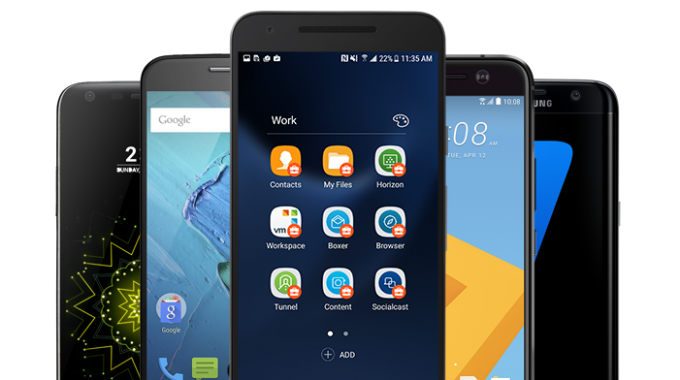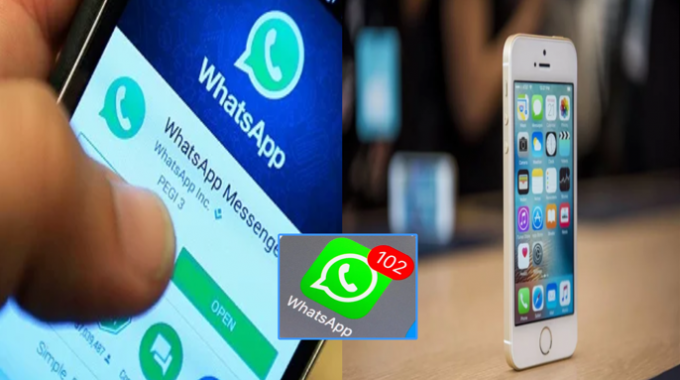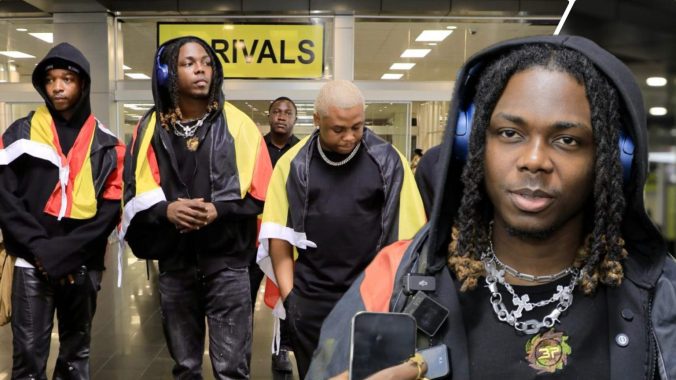WE’RE ALMOST HALFWAY through the year, and we’ve already been treated to a heap-load of smartphones from the big, and not-so-big names in tech.
With so many different, though similar rectangular slabs to choose from, we’ve ranked the best android smartphones of 2018 so far
.
OnePlus 6
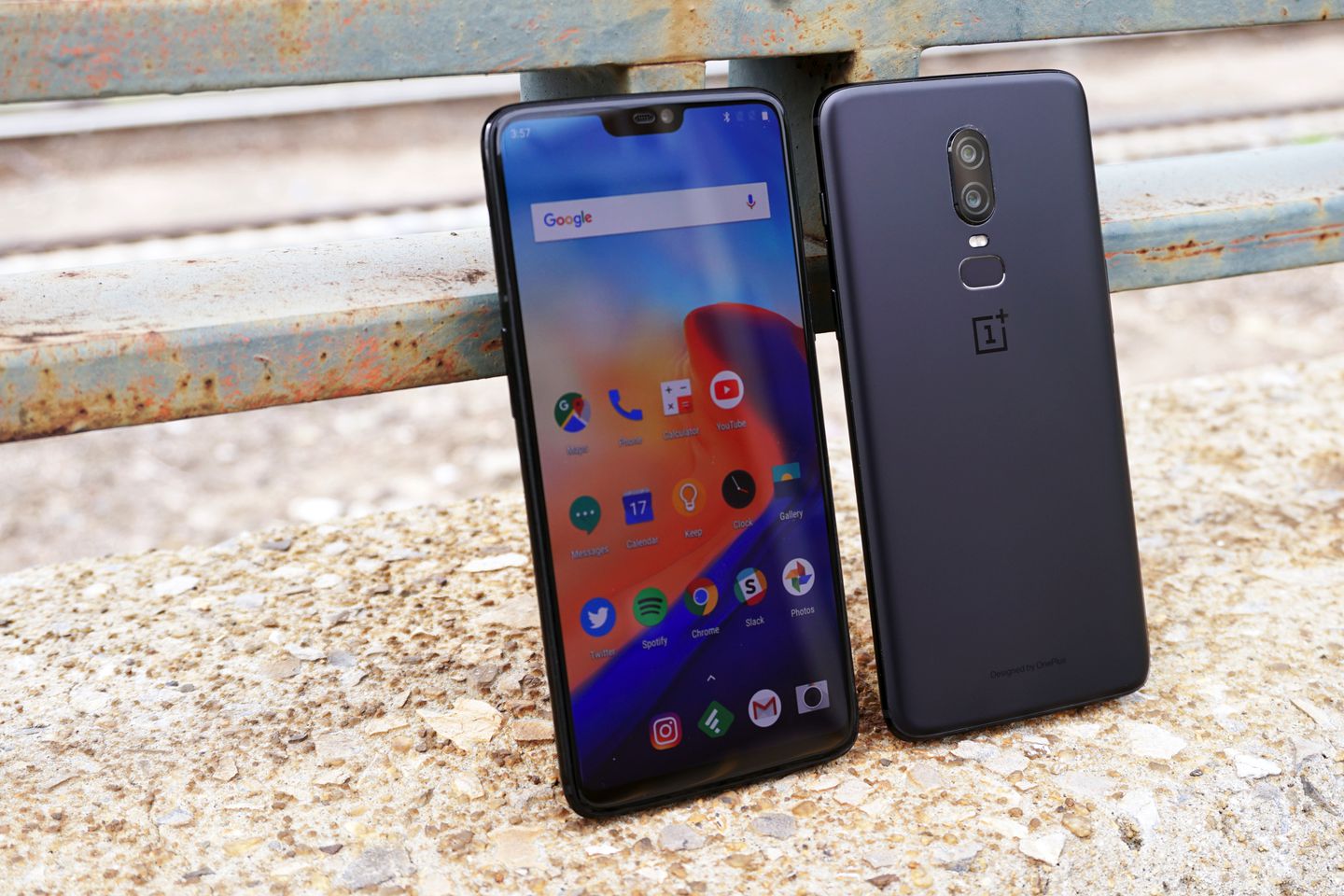
The OnePlus 6 is the Chinese company’s biggest, and ambitious phone to date. A 6.2in AMOLED notch-equipped display filling the front of the largely bezel-less device, while Qualcomm’s latest-and-greatest Snapdragon 845 provides the under the hood grunt. Improving on its OnePlus 5T predecessor, the One Plus 6 adds OIS to its dual camera setup, while a new all-glass design gives the still-affordable mobe a high-end, albeit iPhone-like appearance.
Huawei P20 Pro
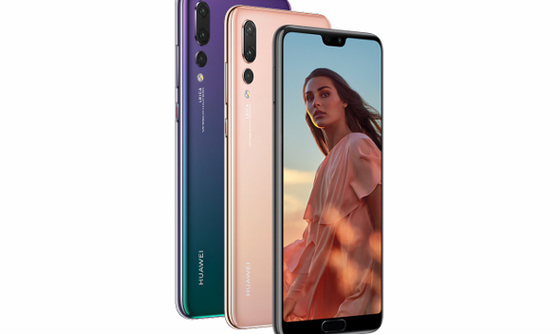
Yet another Chinese OEM, this time Huawei with its triple-camera-equipped P20 Pro. These cameras, which we branded the best we’d ever tested, combines 40MP, 20MP and 8MP Leica-branded lenses, while Huawei’s homegrown Kirin 970 chip adds a bunch of AI functionality – such as the ability for the camera to recognise 400 different objects and environments. This ain’t all the P20 Pro has got going for it, as you’ll also find an eye-catching glass design, Snapdragon 845 internals and an impressive 6.1in 2240×1080 display.
Samsung Galaxy S9+
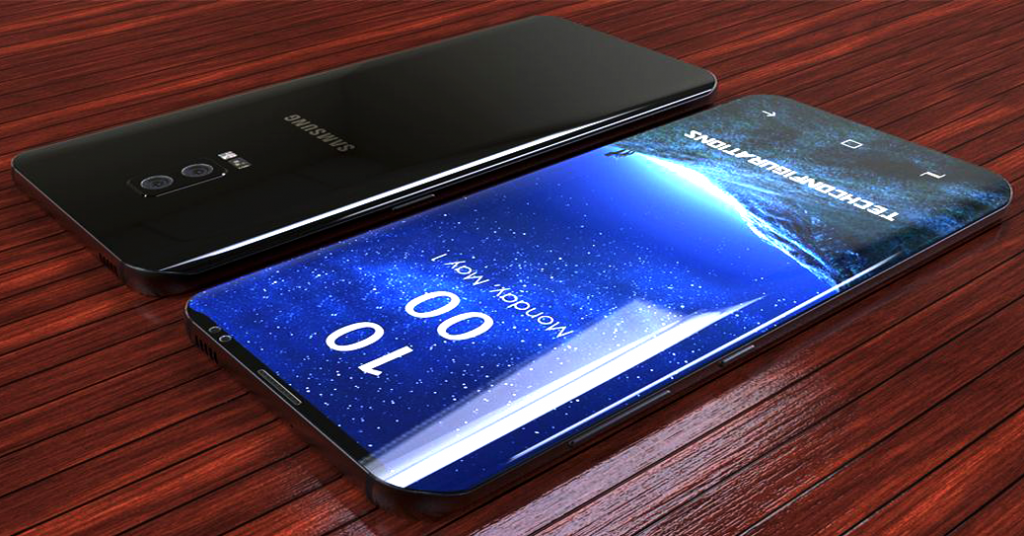
While the Galaxy S9 and S9 Plus offer largely incremental updates over the predecessors, that doesn’t mean they aren’t still among the best smartphones available today. The S9 Plus is our favourite thanks to its 6.2in 1440,2960 resolution (529ppi) AMOLED display that retains the curves of last year’s S8. There’s also features a souped-up camera with variable aperture, and blazing-fast performance thanks to Samsung’s own octa-core Exynos 9810 chip.
Sony Xperia XZ2
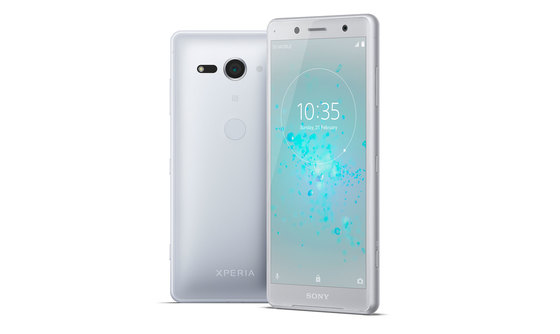
Sony might not get as much attention as its competitors, but that doesn’t mean it isn’t capable of knocking out excellent devices. Take the Xperia XZ2 for example, which rivals the likes of the iPhone X and Galaxy S9 with its curved glass design, vibrant screen and upgraded 19MP Motion Eye camera that Sony touted as the first to support 4K HDR movie recording at launch. It’s slightly cheaper than its competitors too, at £699 SIM-free.
Honor 10

Sure, it’s not as exciting as some of the others on the list, but it’s also not as expensive – with a starting price of just £399. Despite that mid-range price-tag, the glossy Honor 10 offers high-end features, including a screen-embedded fingerprint sensor, Huawei’s AI-equipped Kirin 970 CPU and a flagship-esque dual AI camera setup on its rear, comprising of 16MP colour and 24MP monochrome lenses.
Stay-tuned at galaxy, we’ll update this list as the year goes on.




